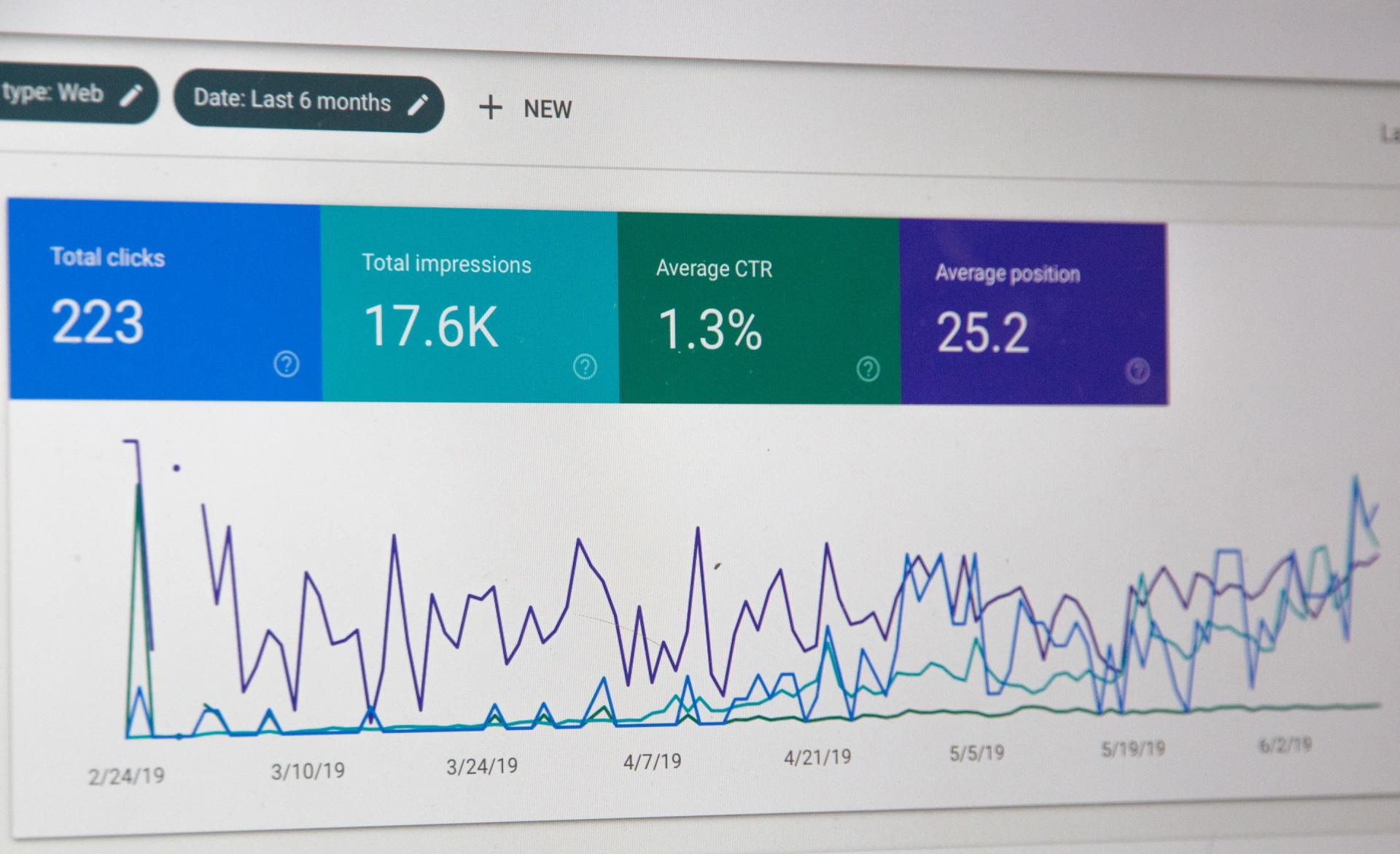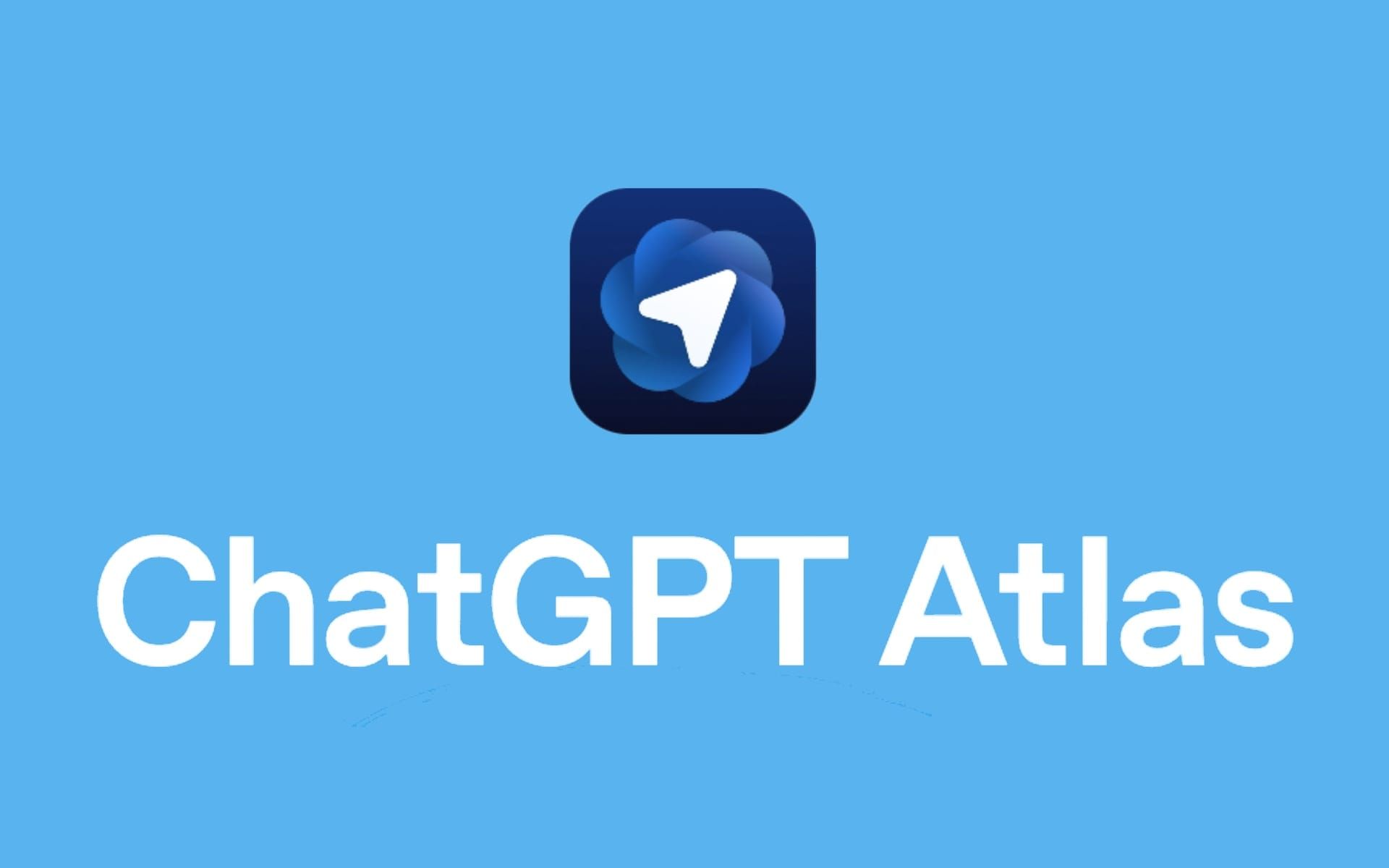Cash Flow Management for Small Business: A Common Sense Approach
My Biggest Mistake: Understanding the Profit vs. Cash Flow Trap
I'll never forget the sick feeling I had in my stomach that Tuesday morning in March, three years ago. My digital marketing agency, Salt Creative, had just landed its biggest contract ever a six month campaign for a major regional manufacturer and our monthly profit statement looked beautiful. We were finally in the black, with what looked like healthy margins across the board. I remember calling my husband, practically giddy with excitement, telling him we'd finally "made it."
But when I sat down to cut paychecks for my four employees that Friday, reality hit me like a sledgehammer. The numbers on my bank statement told a very different story than my profit report. That big client? They paid on 60 day terms. The freelance designers and copywriters I'd hired for the project? Their invoices were due immediately. My beautiful profit margins meant absolutely nothing when I was staring at a payroll I couldn't cover and employees who were counting on their checks to pay rent.
I spent that weekend frantically calling every contact I had, eventually borrowing money from my sister just to keep my doors open. It was humbling, terrifying, and completely avoidable if I had understood the difference between making money and having money.
That's cash flow in its simplest form: it's the actual money flowing in and out of your business bank account on any given day. Think of it as the lifeblood of your operation. You can have the most profitable business model in the world, but if the timing of your cash coming in doesn't match up with your cash going out, you're in trouble. Cash flow is what keeps your lights on, your employees paid, and your suppliers happy while you wait for those profits to actually show up in your account.
Here's the thing that trips up most small business owners: profit and cash flow are completely different animals. Profit is like the scoreboard at the end of the game it tells you who won, but it doesn't tell you how winded your players got along the way or whether they had enough energy to finish strong. Cash flow, on the other hand, is the oxygen your team breathes play after play. You can be winning the game on paper, but if your players can't catch their breath, they'll collapse before the final whistle.
I learned this lesson the hard way so you don't have to. In this article, I'm going to walk you through everything I wish someone had taught me about managing cash flow before I nearly lost everything. You'll learn how to predict and control the ebb and flow of money in your business, how to build cushions for the inevitable rough patches, and most importantly, how to sleep soundly at night knowing you can make payroll next Friday and every Friday after that.
Because at the end of the day, mastering your cash flow isn't just about managing money; it's about building a business resilient enough to weather any storm and strong enough to seize every opportunity that comes your way.
From Numbers to Narrative: What Your Cash Flow Statement is Telling You
After my near disaster with payroll, I knew I needed to get serious about understanding where my money was actually going. The cash flow statement became my new best friend think of it as a detailed diary of every dollar that flows in and out of your business.
It's not as scary as it sounds, I promise.
Your cash flow statement has three main sections, and each one tells you a different part of your money story:
Operating Activities - This is the cash from your day to day sales and paying your regular bills. At Salt Creative, this included payments from clients, salaries I paid my team, rent for our office space, and monthly software subscriptions.
Investing Activities - This is when you buy or sell big ticket items for your business. For me, this meant purchasing new computers for the team, buying that fancy camera for our content creation, or selling our old conference table when we upgraded.
Financing Activities - This covers money coming from or going to loans, investors, or your own pocket. When I took out that small business loan to expand, or when I put my own savings back into the company during tough months, it all went here.
Here's how to put together a basic cash flow statement without pulling your hair out:
Start with your Net Income from your profit and loss statement that's your baseline.
Add back non cash expenses like depreciation and amortization. These show up as expenses on paper but didn't actually take cash out of your account.
Adjust for changes in your working capital. If your accounts receivable went up (more money owed to you), subtract that amount because it represents sales that haven't turned into cash yet. If your accounts payable went up (you owe more to suppliers), add that because you got to keep cash longer.
Add or subtract your investing activities money spent on equipment, property, or other assets.
Add or subtract your financing activities loan proceeds, loan payments, or money you invested in the business.
The final number shows your actual change in cash for the period.
The first time I worked through this exercise, I was absolutely floored. I discovered that nearly $18,000 of my "profitable" revenue was sitting in unpaid invoices money I'd counted as income but couldn't actually spend. It was a real wake up call that my 'sales' weren't actually cash in the bank. That moment changed everything about how I looked at my business finances. Suddenly, I understood why I could be profitable on paper but still struggle to pay my bills. The cash flow statement doesn't lie it shows you exactly what's happening with your actual, spendable money.
7 Proven Strategies to Immediately Improve Your Business's Cash Flow
Understanding your cash flow is one thing, but improving it? That's where the real magic happens. These seven strategies have saved my bacon more times than I can count, and I guarantee at least a few of them will make a difference for your business starting this week.
Invoice Immediately and Follow Up Relentlessly
Here's something I learned the hard way: every day you delay sending an invoice is money you're essentially lending to your clients, interest free. The moment a project is complete even if it's just a milestone get that invoice out the door. I now send invoices the same day work is delivered, and I follow up like a friendly but persistent bloodhound. Week one gets a gentle reminder, week two gets a phone call, and week three gets a more serious conversation. Trust me on this one the squeaky wheel gets paid first, and being polite but persistent has cut my average collection time from 45 days to 22 days.
Don't Let Your Stockroom Become a Cash Graveyard
Even though Salt Creative is a service business, I still learned this lesson when I got carried away ordering branded merchandise and office supplies "in bulk to save money." Those boxes of branded notebooks and enough printer paper to last three years? That was cash sitting on shelves instead of working for my business. Keep your inventory lean and mean. Order what you need when you need it, not what you think you might need someday. Your cash flow will thank you, and you'll avoid that sinking feeling of realizing you've got $2,000 worth of stuff gathering dust while you're struggling to make payroll.
Become a Master Negotiator
Payment terms aren't written in stone they're starting
points for negotiation. When I first started Salt Creative, I accepted whatever terms clients offered because I was desperate for the work. Big mistake. Now I push for 50% upfront on all projects over $5,000, and I've negotiated payment terms from the standard 30 days down to 15 days with most of my regular clients. The trick is asking for better terms when you're delivering great work and they're happy with you. You'd be amazed how often clients will say yes to shorter payment terms if you simply ask especially when you've proven your value.
The Joy of Tidying Up Your Expenses
Last year, I did something that felt ridiculous but saved me over $400 a month I went through every single recurring expense with a fine tooth comb. Turns out, I was paying for three different design software subscriptions when I only needed one, a gym membership I hadn't used in eight months, and a premium version of a project management tool when the basic version would've worked just fine. I also discovered we were spending $180 a month on coffee and snacks for the office when a simple coffee machine and some bulk snacks from Costco cut that down to $40. It's not glamorous work, but those little leaks add up to big holes in your cash flow.
Build Your Business's Rainy Day Fund
After my payroll scare, I became obsessed with building a cash cushion. I started by setting aside just $100 a week basically the cost of taking the team out for lunch. It felt insignificant at first, but after six months, I had over $2,500 sitting in a separate savings account. Now I aim to keep three months of operating expenses in reserve, and let me tell you, it's the best insurance policy I've ever bought. When a big client paid late last spring, I didn't break a sweat because I knew I had backup. Sleep is a beautiful thing when you're not worried about making rent.
The Smart Way to Get New Gear
When my team needed new laptops last year, my first instinct was to buy them outright because "owning is always better than renting," right? Wrong.
Leasing those laptops freed up $8,000 in cash that I desperately needed for a marketing campaign, and the monthly lease payments were actually tax deductible as operating expenses. Plus, when technology gets outdated, it's the leasing company's problem, not mine. Now I lease anything that depreciates quickly or costs more than $3,000. It keeps more cash in my pocket where it can actually work for the business.
Let a Robot Do the Boring Stuff
I used to spend every Friday morning manually creating invoices, tracking payments, and updating my cash flow spreadsheet. It was mind numbing work that took three hours I didn't have. Now,
my accounting software automatically generates invoices, sends payment reminders, and even gives me real time cash flow projections. Setting up automated systems felt like a luxury expense at first, but it's saved me at least four hours a week and eliminated those embarrassing moments when I forgot to invoice a client for two weeks. Sometimes the best way to improve your cash flow is to stop doing things manually and let technology handle the heavy lifting.
Your Financial Roadmap: How to Forecast Cash Flow (and Avoid Surprises)
Now that you've got a handle on where your money is today, it's time to peek into the future. Cash flow forecasting is basically creating a weather forecast for your business's money and trust me, it's a lot more accurate than your local meteorologist. Think of it as your financial roadmap, showing you not just where you are, but where you're headed and what obstacles might be coming around the bend.
Forecasting sounds intimidating, but it's really just educated guessing with numbers. You're looking ahead and asking yourself: "Based on what I know today, how much money do I expect to come in next month? The month after that? And what bills do I absolutely have to pay during those same periods?" It's like planning a road trip you want to know if you'll have enough gas money to reach your destination and whether there are any expensive tolls along the way.
Here's my ridiculously simple process for creating a three month forecast that actually works:
Grab a spreadsheet (or even a piece of paper if you're old school like me). Create four columns: one for the current month and three for the months ahead. In each column, make two sections: "Money Coming In" and "Money Going Out."
Under "Money Coming In," list every payment you realistically expect to receive. Don't be overly optimistic if a client usually pays in 30 days, don't assume they'll suddenly pay in 15. Include recurring revenue, payments from existing clients, and any new business you're confident about. Be conservative; it's better to be pleasantly surprised than painfully disappointed.
Under "Money Going Out," list all your fixed expenses first: rent, salaries, loan payments, insurance the stuff that hits your account like clockwork. Then add variable expenses like supplies, marketing spend, and contractor payments. Don't forget those quarterly tax payments or annual software renewals that love to sneak up on you.
At the bottom of each column, subtract your outgoing cash from your incoming cash. This gives you your projected cash flow for each month. Add that to your starting cash balance, and you'll see exactly where you'll stand at the end of each period.
The benefits of this simple exercise are life changing. First, you'll sleep better knowing what's coming instead of constantly worrying about financial surprises. Second, you'll make smarter decisions like whether you can afford to hire that freelancer next month or if you should delay that equipment purchase. Most importantly, you'll spot potential problems while you still have time to fix them, instead of scrambling when it's too late.
Last summer, my forecast showed a potential $12,000 cash shortfall in September two major clients were delaying projects, and I had some big tax payments coming due. Without that forecast, I would have sailed blindly into disaster. Instead, I had two months to line up a small line of credit with my bank. When September arrived, I was ready. I used the credit line to smooth over the rough patch, and when those delayed client payments finally came in October, I paid it right back. What could have been a crisis became just a minor inconvenience, all because I took thirty minutes to look ahead and plan accordingly.
Your Journey to Financial Peace of Mind
We've covered a lot of ground together from that gut wrenching feeling of staring at a bank balance that won't cover payroll to the quiet confidence that comes from knowing exactly where your business stands financially, not just today but months down the road.
You've learned how to read the story your cash flow statement tells, discovered practical ways to keep more money flowing through your business, and gained the superpower of seeing financial challenges before they become financial disasters.
But here's what I really want you to remember: managing your cash flow isn't a one and done project you complete and check off your list. It's an ongoing practice, like staying in shape or maintaining friendships. Some weeks you'll nail it, and other weeks life will throw you curveballs that mess up your best laid plans. That's not failure that's business ownership. The key is building these habits into your routine until checking your cash flow becomes as natural as checking your email.
The beautiful thing about taking control of your cash flow is that it creates a ripple effect through every part of your business. When you're not constantly worried about money, you make better decisions. When you can see problems coming, you solve them calmly instead of frantically. When you have systems in place, you spend less time on financial firefighting and more time on the work that actually grows your business.
I think about that terrified business owner I was three years ago, the one who nearly lost everything because I didn't understand the difference between profit and cash.
Running a business is one of the hardest things you'll ever do, but taking control of your cash flow is how you earn the freedom to focus on why you started in the first place. Whether that's creating amazing work for clients, building something meaningful, or simply having the independence to call your own shots you deserve to pursue those dreams without the constant anxiety about whether you can pay your bills next month.
You've got this. And more importantly, now you've got the tools to prove it to yourself, one month at a time.










